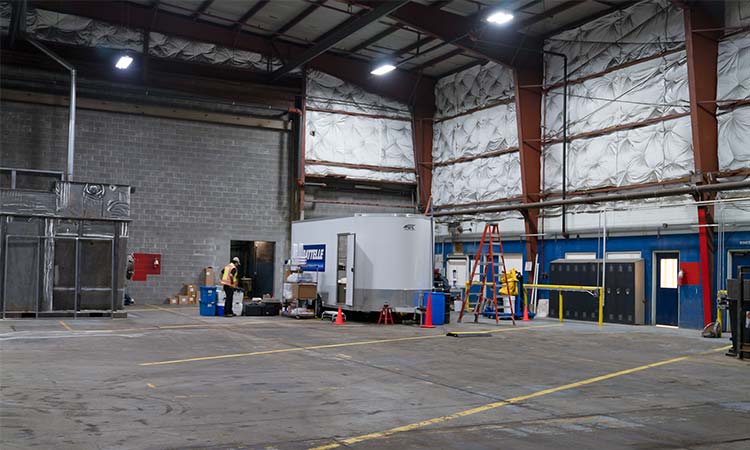How to put an end to ‘forever chemicals’ and annihilate PFAS pollution

The controversial class of highly fluorinated chemicals known as per- and polyfluoroalkyl substances (PFAS), which are persistent and potentially toxic, has essentially become a new part of the Earth’s ecosystem. There are estimated to be around 8000 different types of PFAS out there – found in the atmosphere, rain, surface water, groundwater and even people – but technological developments now offer to break this cycle.
PFAS have a carbon backbone with multiple carbon–fluorine bonds that are exceptionally strong, making them extremely persistent. These compounds can take as long as hundreds or perhaps even thousands of years to break down1, leading to them being dubbed ‘forever chemicals’ in the media.
These chemicals have been used and manufactured since the 1940s in different industries across the globe. Their unique properties mean they repel oil, grease and water, as well as act as lubricants and resist high temperatures. These qualities have meant they’ve been added to everything from non-stick cookware to raincoats, furniture and firefighting foams.
If they end up in landfill, however, PFAS can seep into groundwater that then discharges into lakes, streams and wetlands. When incinerated, they aren’t always destroyed and can then enter the atmosphere.
PFAS can be removed from water using filtration technologies though. The most common is granular activated carbon – a highly porous material that has a large surface area that contaminants stick to. Many PFAS are hydrophobic, so they tend to adhere to the carbon surface rather than remain in the water.
Other adsorbent technologies to address PFAS include ion exchange resins. Reverse osmosis has also been used to extract these chemicals and uses pressure to force water through a semi-permeable membrane that PFAS cannot pass through.
However, these separation technologies create a waste stream that then needs to be disposed of. This has led to a pressing demand for ways to destroy these persistent chemicals, as bodies like the US Environmental Protection Agency (EPA) are issuing far stricter safety standards for PFAS in drinking water at the parts per trillion level.
‘The new numbers will really put the screws on people to develop new technology, especially on destructive methods,’ says Michael Wong, who chairs the chemical and biomolecular engineering department at Rice University in Texas. ‘The physical methods just won’t cut it anymore, once the numbers become enforceable.’
A supercritical consideration
Another well-known method to rid water of contaminants is supercritical water oxidation, which has a proven track record destroying recalcitrant hazardous substances, like polychlorinated biphenyls.
Once water passes 374°C and 22.1MPa it is considered ‘supercritical’. This state, where the distinction between liquid and vapour is lost, can accelerate certain oxidation processes. When an oxidising agent is added to supercritical water, the water can oxidise a range of organic pollutants. Earlier this year, the EPA showed that supercritical water oxidation reduced total PFAS by more than 99% in a sample, including perfluorooctanoic acid (PFOA) and perfluorooctanesulfonic acid (PFOS).2
Now, the global R&D organisation Battelle has adapted this technology to develop what it calls the PFAS Annihilator. Powered by supercritical water oxidation, its pumps bring contaminated water into the system, where it is mixed with an oxidant. This process can break the strong C–F bonds in PFAS, turning them into inert salts and carbon dioxide.
Read the full article here.